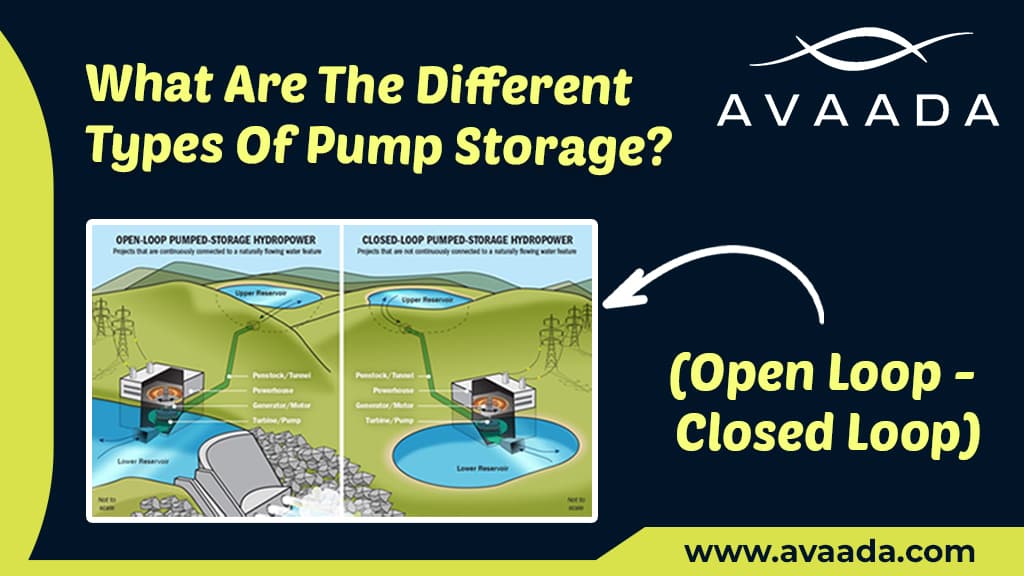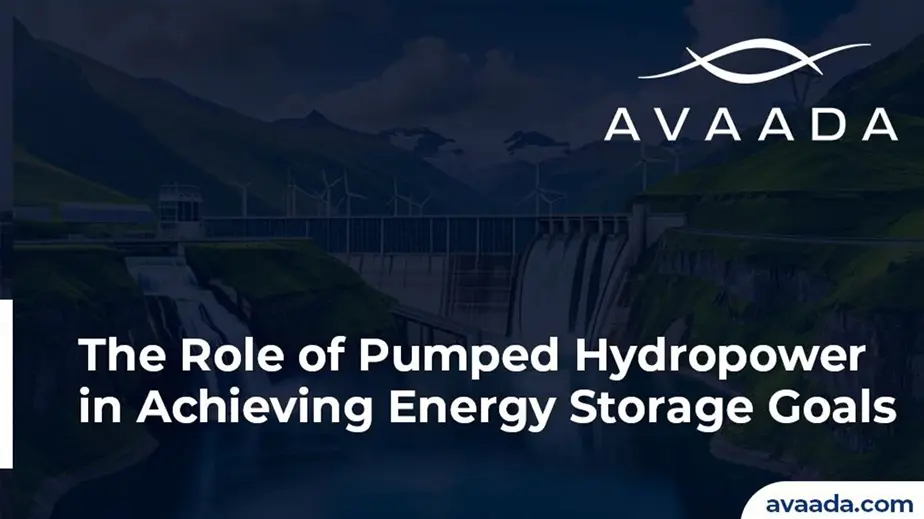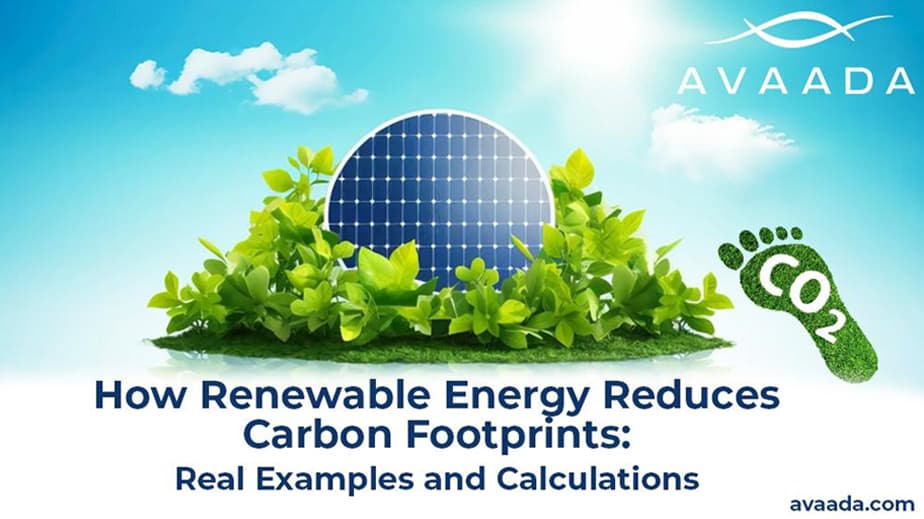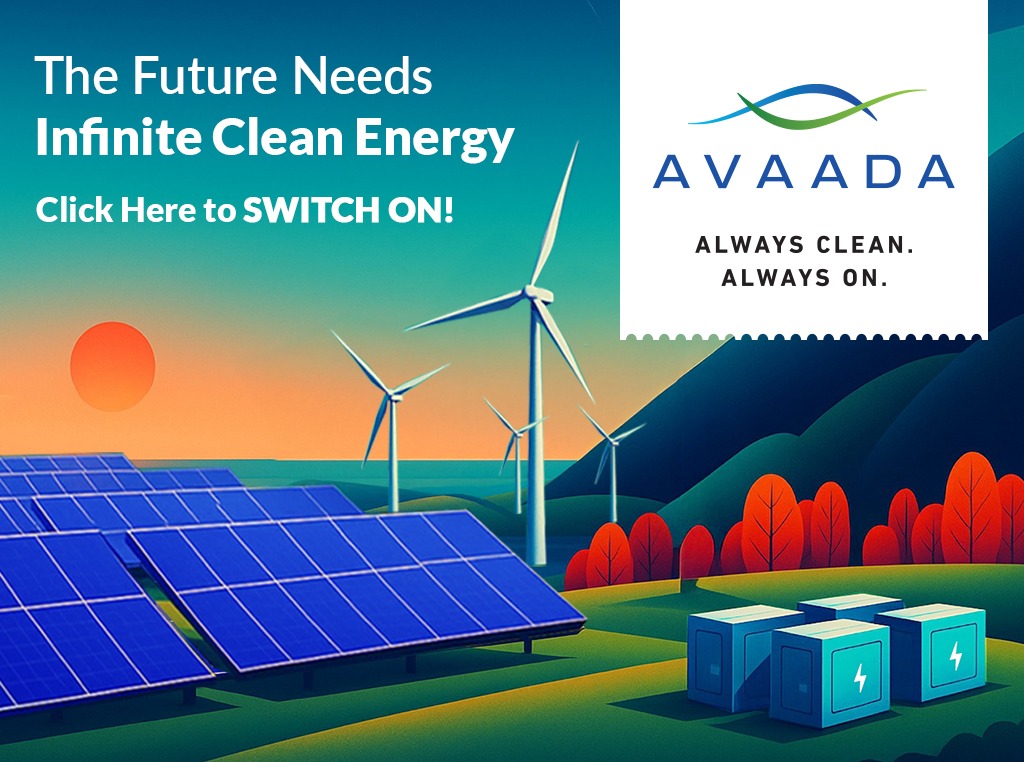As the world transitions to renewable energy, technologies that enable efficient energy storage have become vital. One such technology is Pumped Hydropower Storage (PHS), a proven solution for large-scale energy storage that supports grid stability and renewable energy integration. In this blog, we explore the two primary types of pump storage systems: open-loop and closed-loop, and discuss their significance in the energy landscape, particularly for industries like green hydrogen companies and their operations in India.
Understanding Pumped Hydropower Storage
Pumped Hydropower Storage is a process of storing energy through the transfer of water between two reservoirs of different elevations. In the case of surplus electricity, water is pumped from the lower reservoir to the upper one. In times of peak demand, the stored water is returned to the lower reservoir, flowing through turbines to produce electricity.
The operation is cost effective, enduring in nature, and highly efficient. It is, therefore, the best option for stabilizing grids supplied by intermittent renewable sources like wind and solar. In the case of producing green hydrogen, it is important as a stable and reliable energy supply is crucial.
Types of Pumped Hydropower Storage
The Pumped Hydropower Storage systems are mainly divided into two categories depending upon their connectivity to natural water sources: open-loop systems and closed-loop systems. Let us take a closer look at these systems.
Learn about Benefits of Using Abandoned Mines for Pumped Hydro Storage.
1. Open-Loop Pumped Storage
Open-loop pumped storage system is directly connected to a natural water source like river, lake, or reservoir. The operation of such systems is based on the inflow and outflow of natural water.
Characteristics:
- Natural Integration: The open-loop systems are very much aligned with natural hydrological cycles and ecosystems.
- Lower Initial Costs: Resorting to existing water bodies can save the effort of developing reservoirs fully from scratch.
- Regulatory Issues: Generally, open-loop systems operate under tough environmental regulations as it may be impacting the aquatic ecosystems.
Example: In India, open-loop systems have been developed in regions where there are abundant natural water sources. They can easily integrate with existing hydropower infrastructure making them a cost-efficient option for energy storage.
2. Closed-Loop Pumped Storage
Closed-loop pumped storage is an independently operated system not dependent on any natural water sources. Once filled, the system is self-sufficient, relying on two artificial reservoirs connected at higher and lower elevations.
Characteristics:
- Minimum Environmental Disturbance: Closed-loop systems do not interact with any natural water body, hence minimal ecological disturbances.
- Higher Initial Costs: Two separate reservoir construction incurs more capital expenditure than does an open-loop system.
- Flexibility: These systems can be built in places that do not have nearby natural water sources, so they are ideal for various geographies.
Example: There are many green hydrogen companies in India that are working on closed-loop systems to ensure a secure supply of energy for their industrial purposes. Isolation makes such systems suitable for industrial purposes.
Explore our blog on Energy Storage Solutions in Healthcare: The Role of Pumped Hydro
Role of Pumped Storage in Green Hydrogen
It utilizes renewable energy for the production of hydrogen through electrolysis. Due to the non-seasonal nature of wind and sunlight, the power generated can have its periods of disconnection, making it impossible at times to perform hydrogen production. Pumped hydropower provides a buffer as it ensures reliable energy supply, even when renewables are low in generation.
India has been very keen to become the dominant producer of green hydrogen. Interest in pumped storage solutions has, therefore, skyrocketed. With several government initiatives promoting renewable energy and hydrogen technologies, green hydrogen companies in India are increasingly integrating PHS systems into their infrastructure.
Benefits of Pumped Hydropower Storage
Both open-loop and closed-loop pumped storage systems possess numerous benefits:
- Efficiency:The efficiency level of PHS systems is up to 80%. Therefore, they are one of the most efficient energy storage options.
- Scalability: These systems are perfect for large-scale energy storage. They have supported national grids and industrial operations.
- Longevity: Pumped storage plants have a life of over 50 years. Therefore, they provide sustainable energy storage solutions.
- Renewable Integration: Through storing the excess renewable energy, this system increases the reliability and efficiency of the green energy grid.
Conclusion
As the world looks to renewable energy sources, Pumped Hydropower Storage is one of the technologies that allows humanity to envision a sustainable future. Whether the open-loop system assimilates natural water sources or a closed-loop system allows for location flexibility, both contribute to stabilizing the energy grid and supporting industries such as green hydrogen companies.
For India, which is quickly gaining pace in renewable energy and hydrogen production, this step represents the foundation for moving toward becoming energy-independent. The country is well on its way to becoming a global leader in sustainable energy solutions by aligning innovations related to Pumped Hydropower Storage with the aspirations of green hydrogen companies in India.









